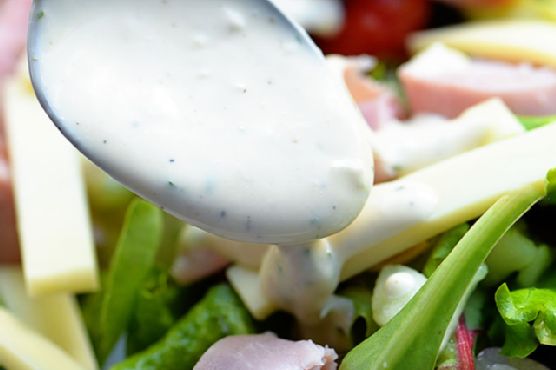How to cook: Miso ramen
How to cook: Miso ramen requires approximately 20 minutes from start to finish. For $8.53 per serving, you get a main course that serves 2. One serving contains 829 calories, 51g of protein, and 24g of fat. It is a pricey recipe for fans of Japanese food. If you have cabbage, miso, cooked pork, and a few other ingredients on hand, you can make it. 14 people have tried and liked this recipe. It is brought to you by feastasia.casaveneracion.com. It is a good option if you're following a dairy free diet. With a spoonacular score of 97%, this dish is awesome. Try How to cook miso ramen with mushroom balls (meatless), Cooking School: Miso Ramen with Miso Glazed Chicken, Enoki and Shimeji Mushrooms, and Miso ramen for similar recipes.
Servings: 2
Preparation duration: 10 minutes
Cooking duration: 10 minutes
Ingredients:
a handful of shredded cabbage, blanched
3 slices of carrot, blanched
about 3/4 c. of thinly sliced boiled pork
2 to 3 c. of very hot miso soup (you may omit the tofu)
1 to 2 shiitake mushrooms (caps only, sliced thinly — plus, see notes below if using dried), blanched
extra wakame, soaked and sliced thinly
about 50 g. of dried wheat noodles (available at the imported section of bigger supermarkets and groceries)
Equipment:
bowl
Cooking instruction summary:
InstructionsCook the noodles according to package directions (see notes below). Divide between two bowls.Top the noodles with pork slices, carrot slices, shredded cabbage, mushrooms and wakame. Pour in the miso soup.Serve hot.
Step by step:
1. Cook the noodles according to package directions (see notes below). Divide between two bowls.Top the noodles with pork slices, carrot slices, shredded cabbage, mushrooms and wakame.
2. Pour in the miso soup.
3. Serve hot.
Nutrition Information:
covered percent of daily need















